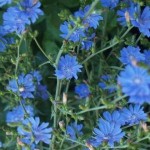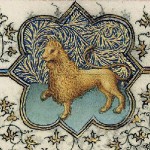Immortal Fruit
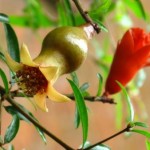 |
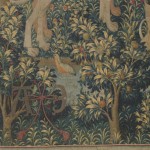 |
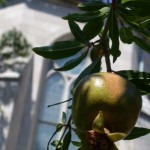 |
Above, from left to right: A potted dwarf pomegranate flowering and fruiting now; a detail of a pomegranate tree depicted in The Unicorn Is Attacked; a full-sized pomegranate ripening on a tree set in the ground in Bonnefont Garden. Pomegranates are deciduous; the leaves turn a bright yellow before falling in October. By the Middle Ages, the exotic??eastern fruit had long been cultivated in southern Europe. Although it is not cold-hardy,??pomegranate has been grown in the gardens of The Cloisters from their beginnings.
I went down into the nut orchard,
to look at the blossoms of the
valley,
To see whether the vines had budded,
whether the pomegranates were
in bloom.
Before I was aware, my fancy set me
in a chariot beside my prince.???Song of Solomon 6:11 and 12 (Revised Standard Version)

